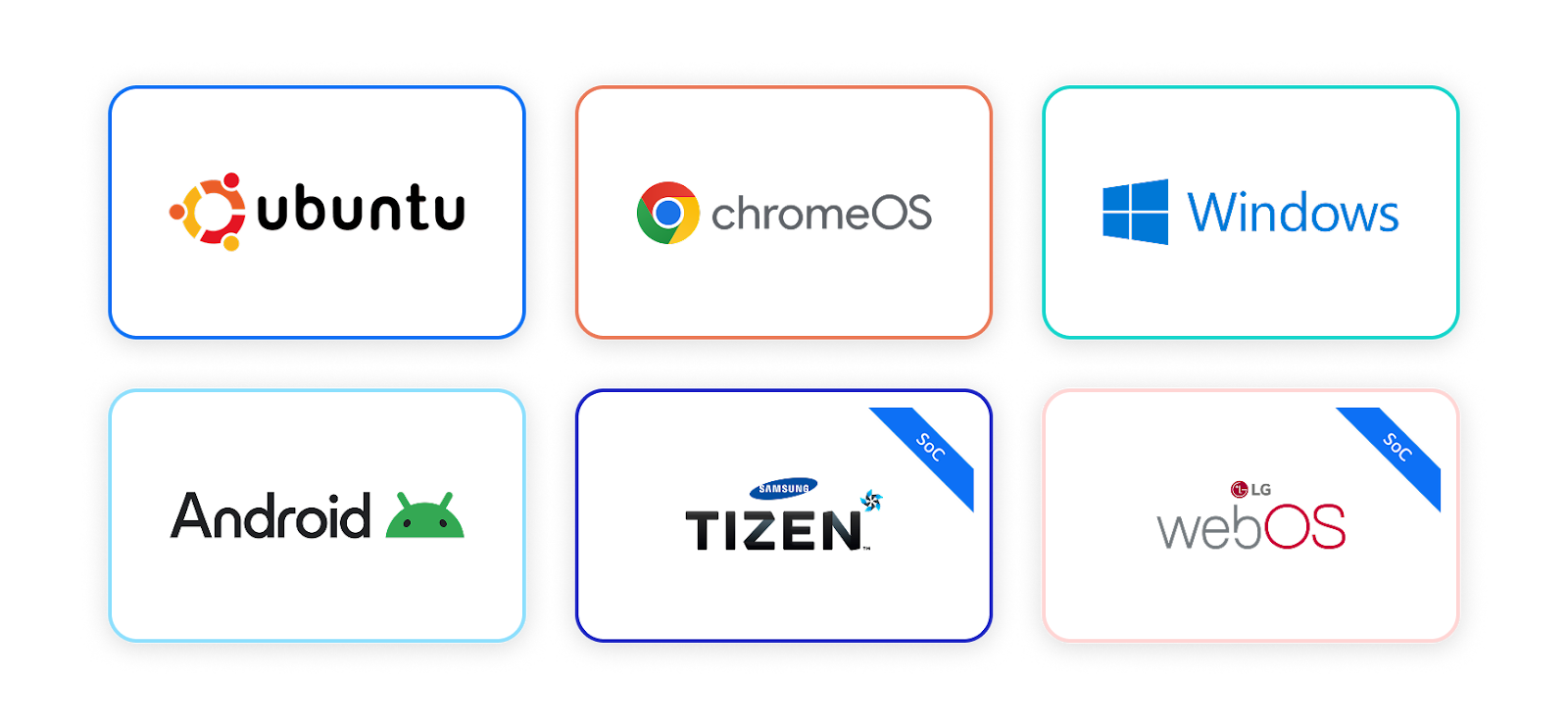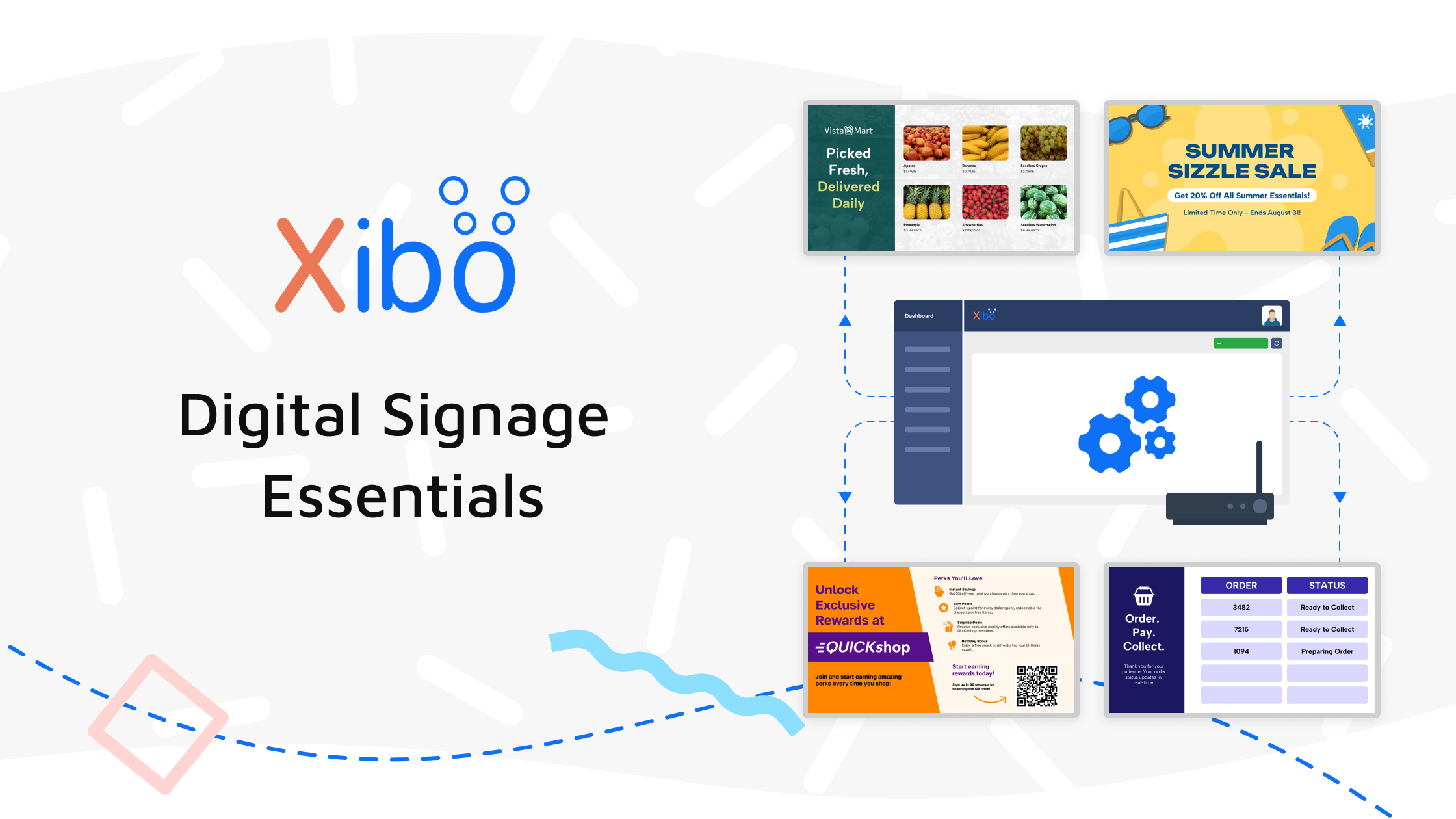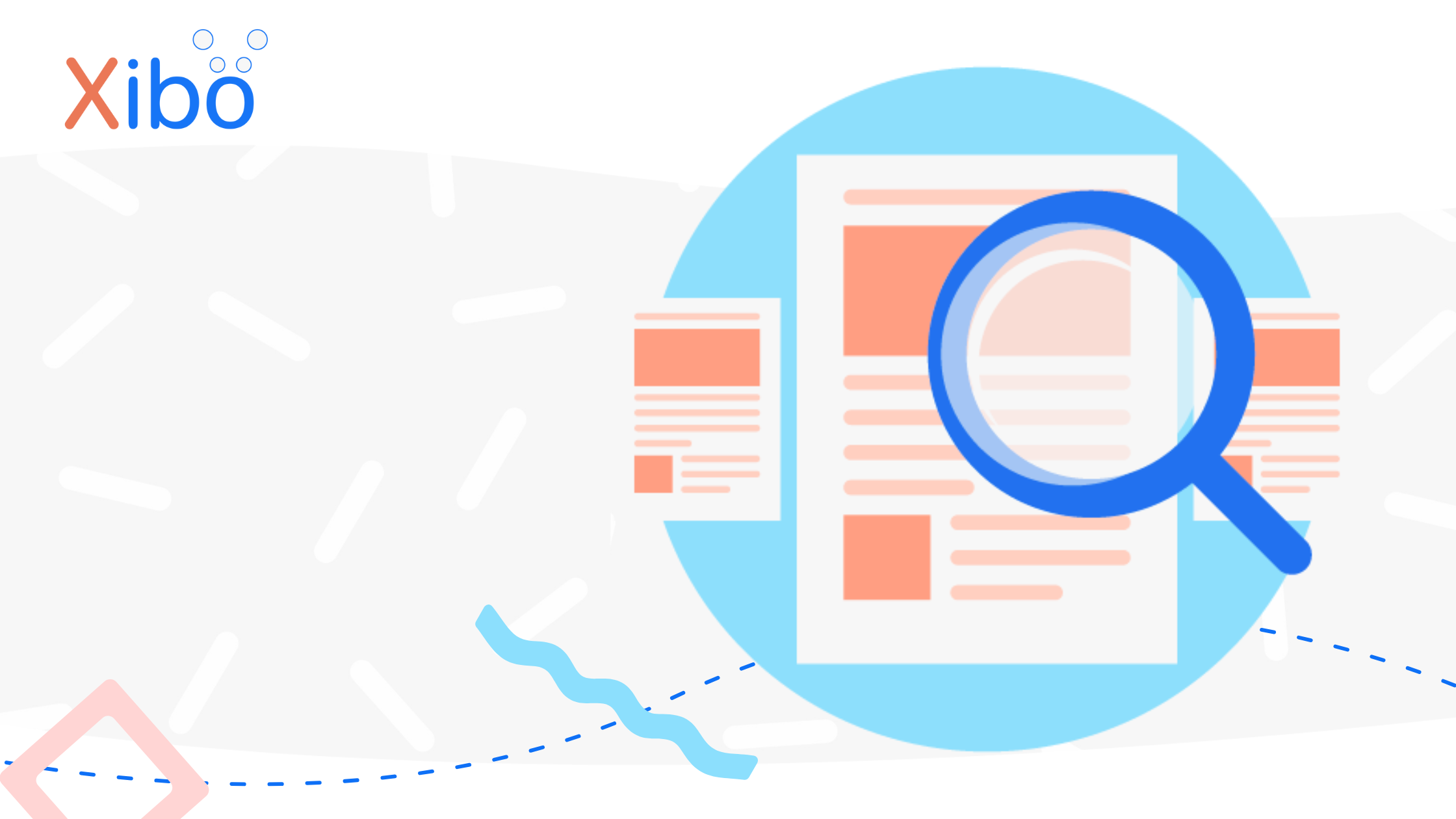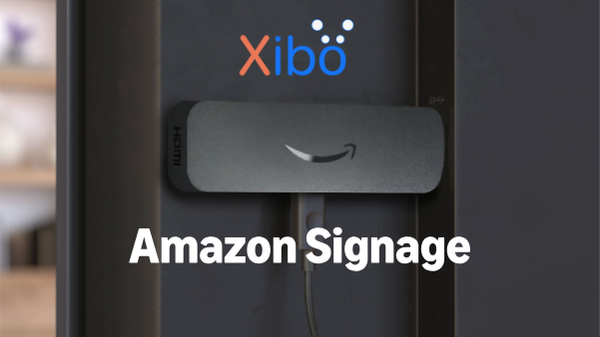How to Choose Digital Signage Player Software
Digital Signage Essentials - Part 3
Welcome to the third instalment of our Digital Signage Essentials series! If you’ve been following along, you already understand the basics of digital signage and how a Content Management System (CMS) powers your content. Now, let’s explore an essential piece of the puzzle: digital signage player software.
Whether you're just getting started or planning to scale your network, choosing the right player software is key to a smooth, reliable signage experience.
What Is Digital Signage Player Software?
Digital signage player software manages the playback of content on digital screens. It allows you to receive and display content from your Content Management System (CMS).
This way you can turn a device into a fully functioning digital signage screen so you can display a variety of content formats, whether videos, images, text, web pages, or even real-time data.
Do I Need Player Software for Digital Signage?
To power digital signage, you need player software. This can be used in a few ways depending on your setup or requirements:
- Install the software on an existing device, like a Chromebox, and connect it to your screen.
- Use a commercial screen with built-in player software (known as System-on-Chip or SoC) - ideal for customer-facing environments where a sleek, integrated finish is important, or where commercial-grade reliability is needed
- Use an external media player, which runs the software separately. This is a good fit for setups involving specific hardware preferences, existing displays, or unique content and network requirements.
Fortunately, a digital signage solution such as Xibo comes with a variety of players to choose from, all packaged with our powerful CMS. Choose the plan for your needs and get started!

How to Choose the Right Player Software for Your Business
When evaluating digital signage player software, it’s important to align your choice with your current setup and what you want to achieve, both now and in the future.
When choosing a software player, ask yourself the following questions:
- Is it compatible with my device OS (whether ChromeOS, Android, Windows, Tizen, or webOS)?
- Is it capable of handling the content I want to display, whether video, live feeds, or images?
- Does the player offer reliable, uninterrupted media playback for minimal downtime?
- Is the player secure, with features such as encryption and regular security updates?
- Does it support remote management so you can monitor, update, and troubleshoot players from a central dashboard?
- Is proof of play available so you can track and report what content was shown and when?
Whether you’re a university looking to inform and educate or a retail store wanting to boost foot traffic and sales, choosing the right digital signage player software is critical.
With Xibo, you have access to a wide range of players to meet your business needs, all fully compatible with our powerful CMS.

Up Next
In the final instalment, we’ll be sharing how to set up a digital signage network, including how to scale, scheduling across locations, remote display management, and more!
Ready To Get Started?
Get started in digital signage today with Xibo’s free 14-day trial of our Professional Plan!


